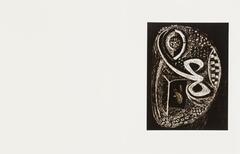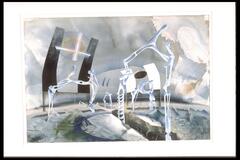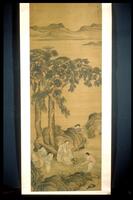18 UMMA Objects
18 UMMA Objects
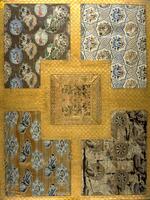
Japanese (Japanese (culture or style))
One of Four Panels of Textile Fragments: Brocades in Various Traditional Pattern
1860 – 1926
Transfer from the College of Architecture and Design
1972/2.44.9

African (African (general, continental cultures))
Silver Cuff Bracelet
20th century
Gift of Denise Miner Stanford
2010/2.11
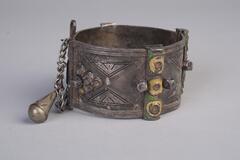
20th century
Gift of Denise Miner Stanford
2010/2.12
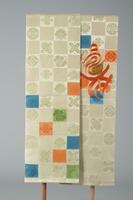
Japanese (Japanese (culture or style))
Obi
20th century
Gift of Howard and Patricia Yamaguchi
2013/2.372
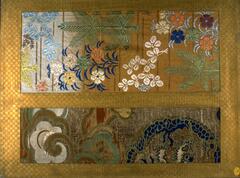
Japanese (Japanese (culture or style))
One of Four Panels of Textile Fragments: Kinran and Karaori
17th century
Transfer from the College of Architecture and Design
1972/2.44.1
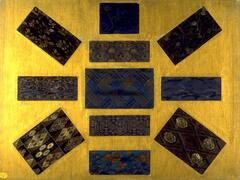
Japanese (Japanese (culture or style))
One of Four Panels of Textile Fragments: Indigo Brocades
1900 – 1926
Transfer from the College of Architecture and Design
1972/2.44.3
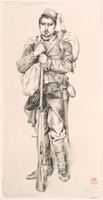
James Jacques Joseph Tissot (French (culture or style))
Bastien Pradel
1875
Gift of Dr. and Mrs. Robert Aldrich
2005/2.43
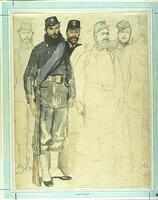
James Jacques Joseph Tissot (French (culture or style))
Les Éclaireurs de la Seine
1870 – 1871
Museum Purchase
1966/2.4
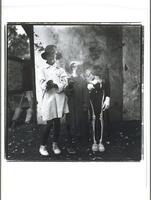
Keith Carter (American (North American))
Chicken Feathers
1999
Museum purchase made possible by the W. Hawkins Ferry Fund
1999/1.95
Loading…
